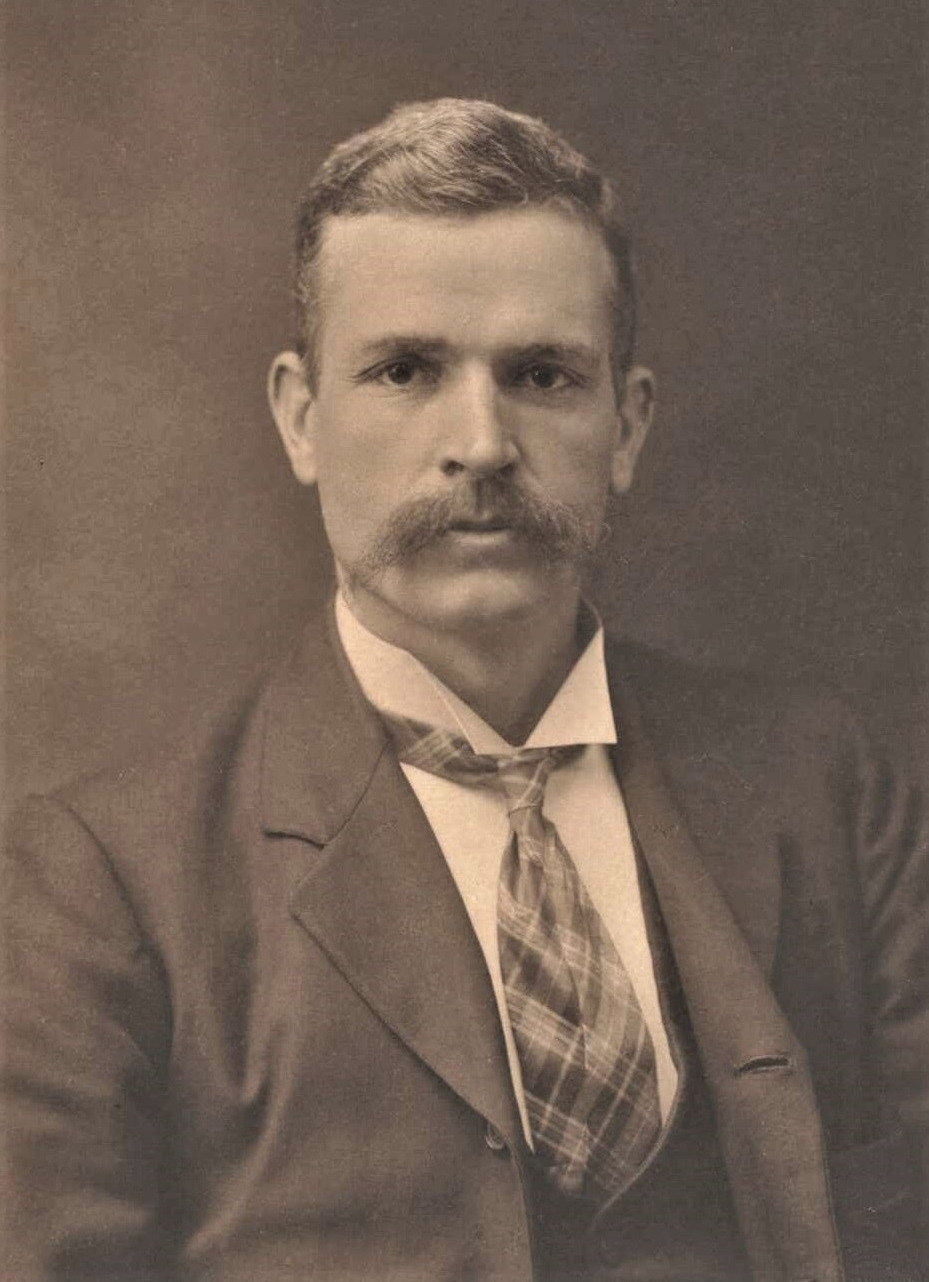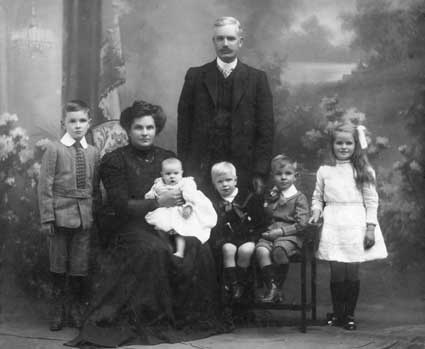Fisher, Andrew (1862-1928), was prime minister of Australia three times—from November 1908 to June 1909, from April 1910 to June 1913, and from September 1914 to October 1915. Fisher also served as Australia’s treasurer during each of his administrations. The son of a coal miner, Fisher was a founder of both the Labor Party of Queensland and the Australian Labor Party. The Labor governments led by Fisher sought to consolidate the federation of Australia and build it up as a nation. They also worked to improve conditions for Australia’s working classes.

Fisher’s administration established the Commonwealth Bank of Australia, the first bank backed by the federal government. His government also began construction of a transcontinental railroad. Other important accomplishments of Fisher’s administrations included passing legislation on workers’ compensation to provide pay for workers injured on the job; tariff protection for Australian industry; and federal control of shipping and of printing money. In addition, Fisher advocated greater political equality for women.
Early life and family
Andrew Fisher was born on Aug. 29, 1862, in the working-class village of Crosshouse, in the Ayrshire region of southwestern Scotland. His parents, Robert and Jane Fisher, had seven other children. As a youth, Fisher received some local schooling, but he also educated himself in the library and reading room of a local cooperative store that his father had cofounded. In addition, he attended some night classes.
Fisher began working in local coal mines when he was only about 10 years old because his father, a coal miner, suffered from a respiratory disease known as black lung. In 1879, when he was 17, Fisher was elected secretary of the Crosshouse branch of the Ayrshire Miners’ Union.
In 1885, Fisher and his younger brother James left Scotland and traveled to Queensland, Australia. The brothers worked at coal and gold mines in the colony. They settled in Gympie, along Queensland’s southeast coast, in 1888. Fisher’s union activities there caused him to be blacklisted (cut off from employment) by some mine owners. While in Gympie, Fisher also obtained a certificate to drive the stationary engines that transported men and materials in and out of the mines.
On Dec. 31, 1901, Fisher married Margaret Jane Irvine (1874-1958), the daughter of his landlady in Gympie. The couple had six children: Robert (born 1902), Margaret, called Peggy (born 1904), Henry (born 1906), Andrew (born 1908), John (born 1910), and James (born 1912).

Political career
In 1891, Fisher became president of the Amalgamated Miners’ Association, a miners’ union, and of the Workers’ Political Organisation, the local branch of what became the Queenland Labor Party. Fisher served as a delegate to the Queensland Labor Party conventions in 1892 and in 1898. In 1893, he was elected to the Queensland Legislative Assembly to represent Gympie. Fisher lost his Assembly seat following the 1896 legislative election, but he regained it in 1899. Between terms in the Assembly, he helped found The Gympie Truth, a newspaper intended to counter the influence of the anti-Labor newspaper The Gympie Times. During this period, Fisher also worked as an engine driver and as an auditor for Gympie’s municipal council.
In December 1899, while a member of the Legislative Assembly, Fisher served as minister for railways and public works in the Labor government of Queensland Premier Anderson (born Andrew) Dawson. This government was the first Labor government in Queensland and in the world. It lasted only seven days.
Federal Parliamentarian.
Australia held its first federal general election on March 29, 1901. Fisher was a Labor candidate for the Australian House of Representatives. He won a seat representing Wide Bay, Queensland, and he retained the seat until 1915. In May 1901, Fisher and his fellow Labor members in the Parliament formed the Commonwealth Labor Party, which was later named the Australian Labor Party.
In parliamentary elections in December 1903, the Labor, Free Trade, and Protectionist parties won nearly equal numbers of seats. The Labor Party formed a minority government in April 1904. Fisher served as minister for trade and customs for the several months this government remained in power. In 1905, Fisher was elected deputy leader of the federal Labor Party. When Labor leader Chris Watson resigned in 1907, Fisher took his place. In 1908, the government of Prime Minister Alfred Deakin, of the Protectionist Party, resigned, and the governor general asked Fisher to form a new government.
Prime minister.
Fisher became prime minister and treasurer of Australia for the first time on Nov. 13, 1908. This administration lasted until June 1909, when the Fusion Party—a new party with Deakin as leader—won control of the government. Fisher became leader of the opposition.
During Fisher’s first administration, Parliament decided on the general location for the federal capital and passed legislation to reward iron and steel manufacturers who paid fair wages. Fisher also proposed compulsory (required) military training for young men, a land tax to break up large estates, and amendment of the Constitution to link protection of Australian industry with protection of Australian labor.
Fisher’s second term as prime minister began on April 29, 1910, at a time when the Labor Party for the first time held a majority of seats in both houses of Parliament. During Fisher’s second administration, the government passed 113 acts. Some of the most important legislation established the government-backed Commonwealth Bank of Australia, the Royal Australian Navy, workers’ compensation for Commonwealth employees, monetary allowances for new mothers, and annual per capita (per person) grants to the states. Other new legislation liberalized pensions for the elderly and people with disabilities, increased the number of High Court judges, transferred the Northern Territory and land for the federal capital to the Commonwealth, initiated construction of the Trans-Australia and North Australia railways, and transferred the authority to issue bank notes from private banks to the Commonwealth.
In 1911, Fisher traveled to London to attend the Imperial Conference, a meeting of representatives from the United Kingdom and the British dominions with domestic self-government. While in London, Fisher also attended the coronation of King George V and accepted an appointment to the Privy Council, the king’s private group of advisers composed of political leaders, judges, and scholars from all parties. During the trip, Fisher’s wife, Margaret, marched in a demonstration in support of voting rights for British women.
Fisher’s second term ended after the Liberal Party won control of the government in a federal election on June 24, 1913. Fisher again became leader of the opposition in Parliament.
World War I broke out in August 1914. About six weeks later, on September 17, Fisher began his third and final term as prime minister. During the election campaign, Fisher had pledged strong support for the United Kingdom in the event of a war. During the war, he became known for his campaign slogan, “To the last man and the last shilling.” However, Fisher did not support military conscription (required enlistment) for overseas service, despite pressure to do so.
In early 1915, Australian troops were sent to fight with the British against the Ottomans on the Gallipoli Peninsula, in Turkey. Australia had lost more than 8,000 troops at Gallipoli by December, when the Allies began their withdrawal. Fisher later made Oakleigh Hall, his home in St. Kilda, Victoria, available as a home for recovering soldiers. On Oct. 27, 1915, Fisher resigned as prime minister because of ill health, made worse by the strain of his third administration.
Later years
Following his resignation as prime minister, Fisher was appointed Australian high commissioner to the United Kingdom. He served in this post from Jan. 1, 1916, to Jan. 1, 1921. While high commissioner, Fisher opposed Australian Prime Minister William Morris Hughes on the issue of military conscription. From 1916 to 1917, Fisher served on the Dardanelles Commission, which investigated the Allied military disaster at Gallipoli.
Fisher returned to Australia for a short time in 1921, then retired in London in 1922. He remained in London until his death there on Oct. 22, 1928. He is buried at Hampstead Cemetery, in London. A memorial garden established in 1933 at Crosshouse, Scotland, honors Fisher.
